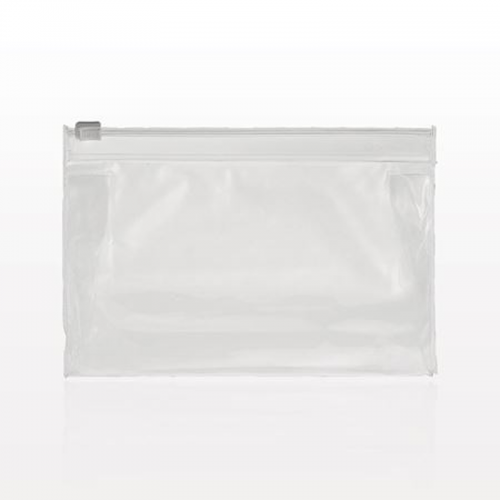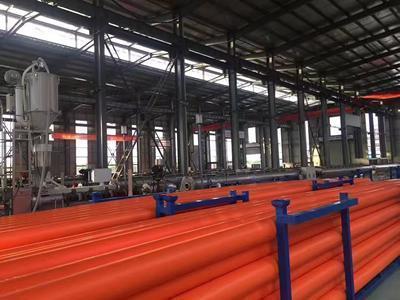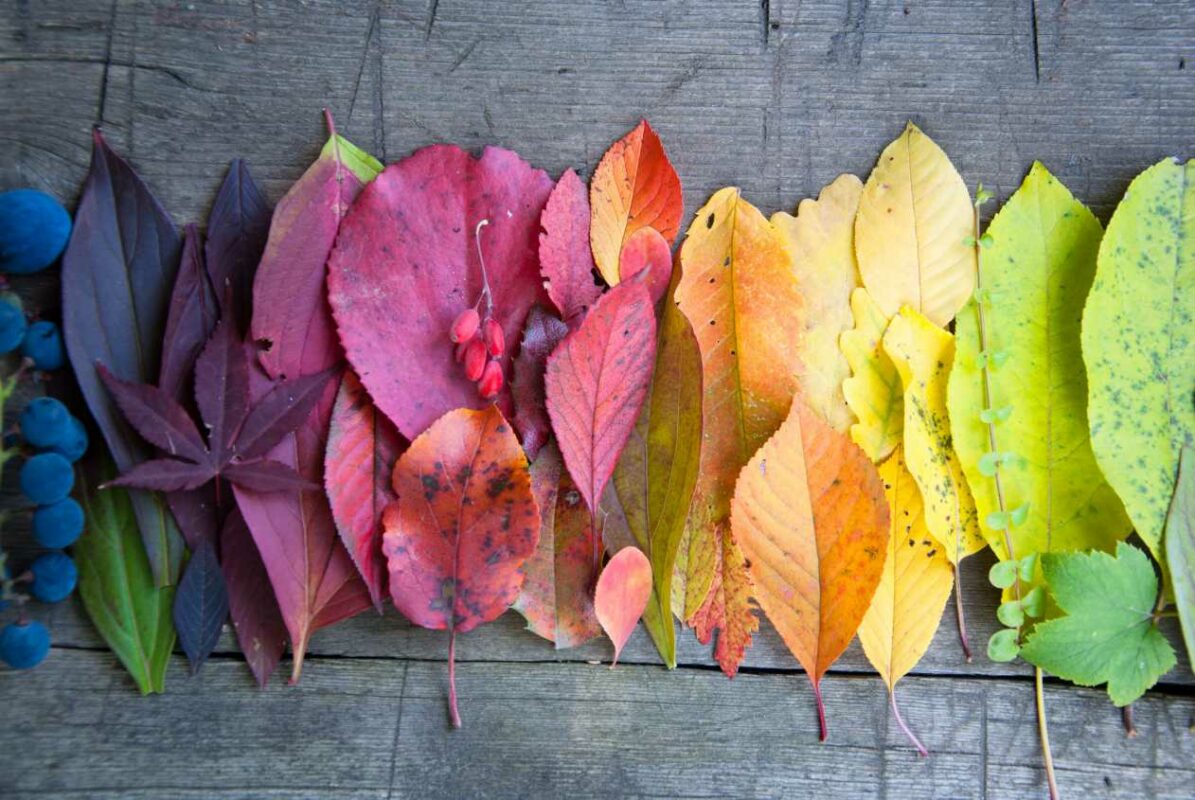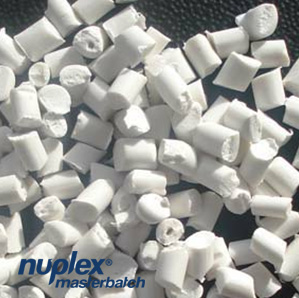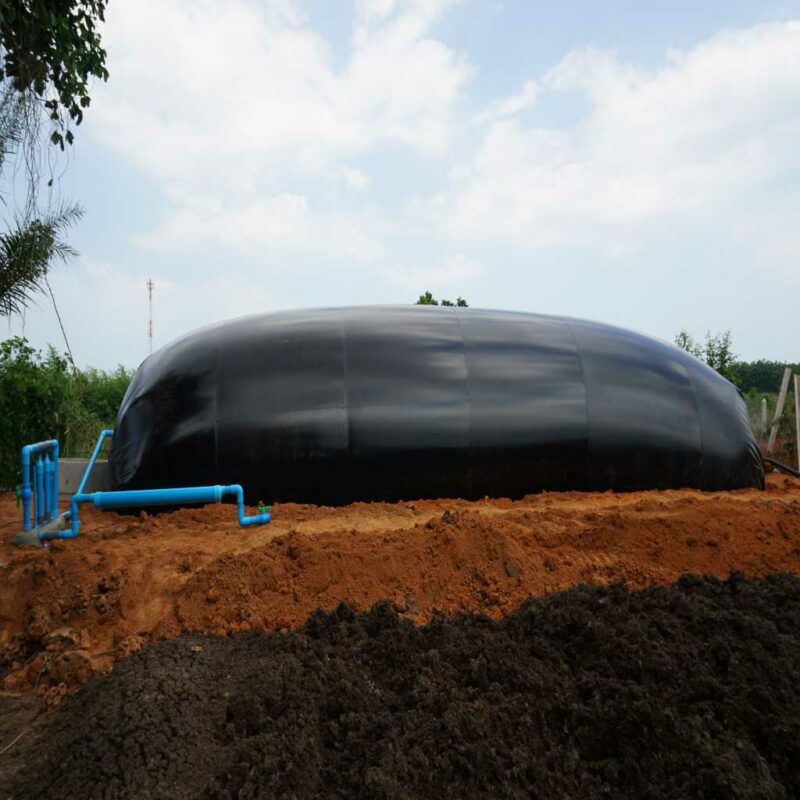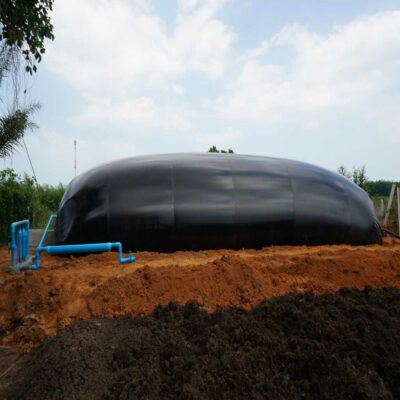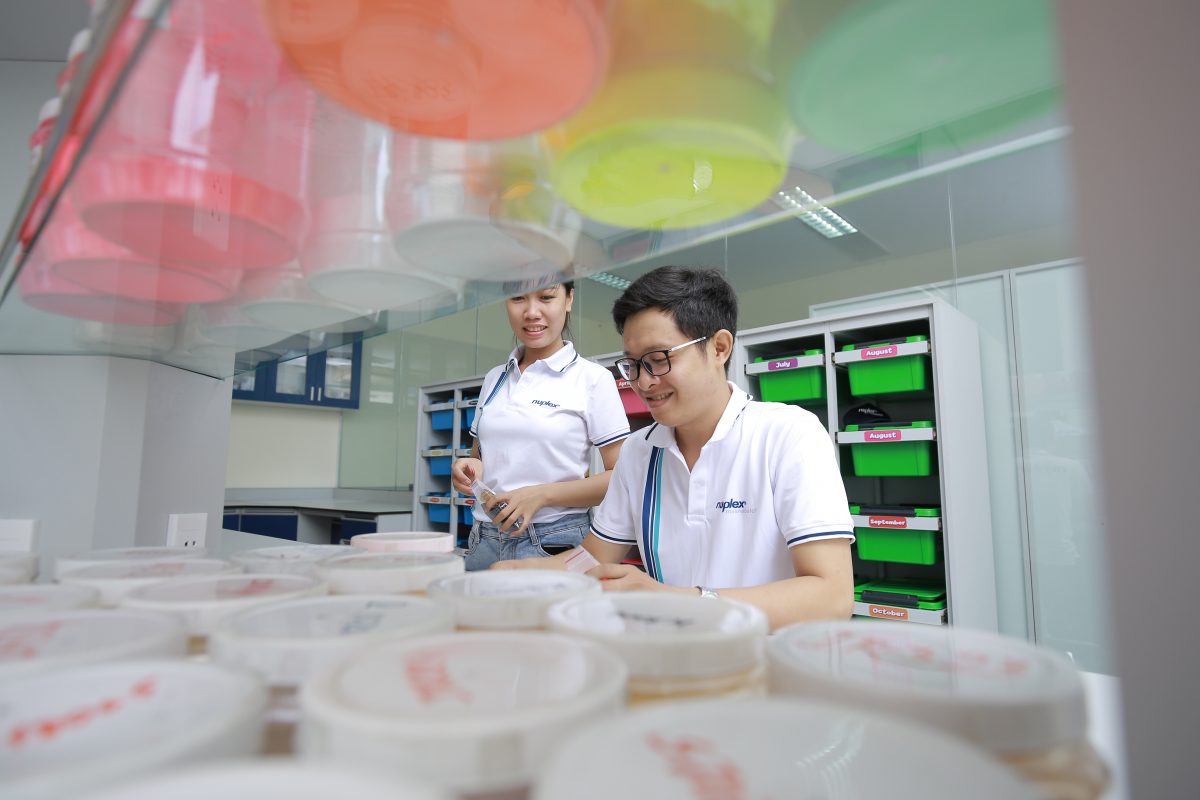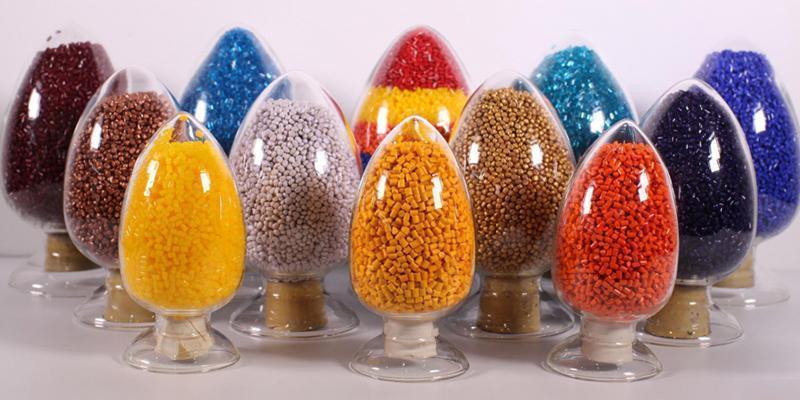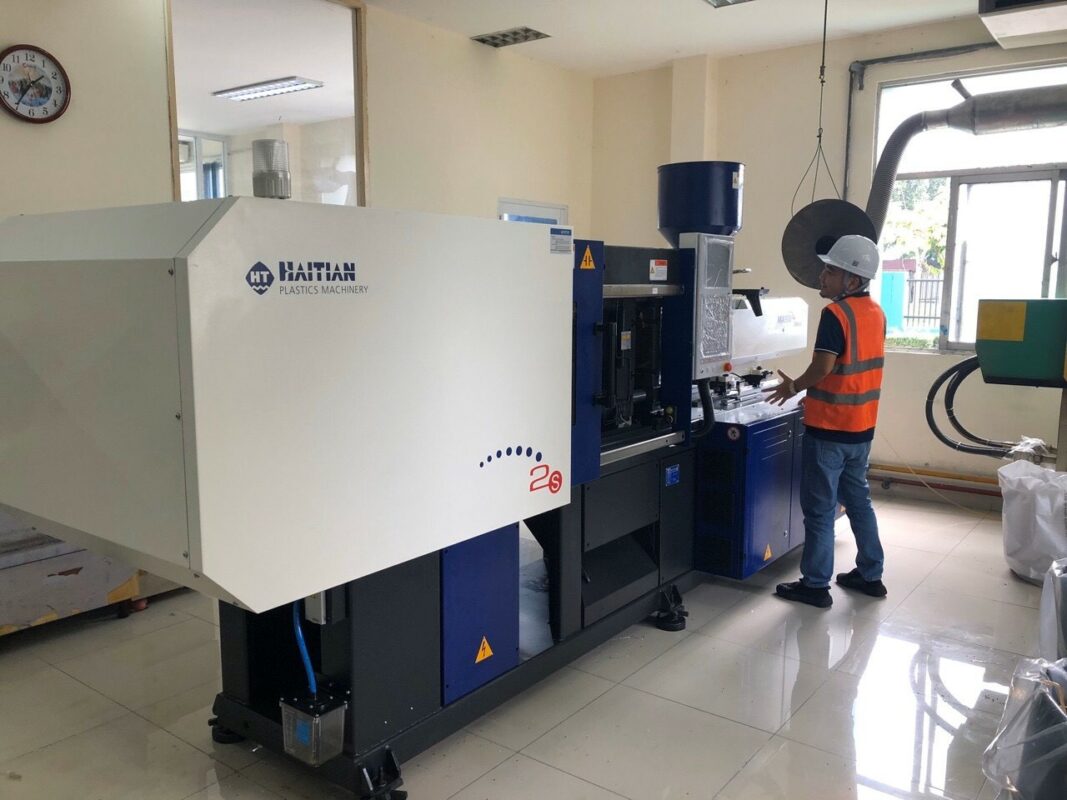Sản xuất masterbatch là cốt lõi của ngành công nghiệp nhựa và masterbatch. Sản xuất Masterbatch bao gồm một số công nghệ có thể gây nhầm lẫn cho người mới. Tuy nhiên, nếu bạn muốn trở thành một thạc sĩ trong ngành nhựa, bạn cần phải hiểu đầy đủ các quy trình này. Dưới đây là các phương pháp phổ biến nhất được sử dụng rộng rãi trong sản xuất masterbatch.
Injection Molding – kỹ thuật sản xuất nhựa và masterbatch được sử dụng nhiều nhất
Trong tất cả các phương pháp sản xuất masterbatch, bước đầu tiên là tác động nhiệt lên nguyên liệu đầu vào, điều này làm mềm nhựa masterbatch và tạo cho chúng khả năng định hình. Ví dụ, trong quá trình ép phun, nguyên liệu thô (có thể là hỗn hợp chính, bột màu và phụ gia) được đun nóng cho đến khi tất cả chúng chuyển thành hỗn hợp lỏng. Sau đó, hỗn hợp này được đưa qua một ống tiêm nằm ngang và va chạm vào khuôn. Sau khi hạ nhiệt độ, các nhà sản xuất loại bỏ khuôn để lại các sản phẩm cuối cùng với cấu trúc mong muốn.
Mặc dù chi phí trước cao nhất trong lĩnh vực sản xuất masterbatch nhựa do các yêu cầu phức tạp trong thiết kế, thử nghiệm và gia công khuôn mẫu, nhưng khả năng tạo ra sản phẩm hàng loạt của nó chắc chắn đã chiến thắng cuộc chơi với số lượng hàng năm có thể lên đến hàng trăm nghìn sản phẩm cho mỗi máy mỗi năm. Lợi thế lớn này mang lại cho các sản phẩm cuối cùng một mức giá rất tương thích. Về các ứng dụng, số lượng các lĩnh vực bao gồm thiết bị được sản xuất theo phương pháp này là rất lớn, bao gồm các vật dụng hàng ngày (đồ chơi trẻ em, dụng cụ nhà bếp, nắp chai, hộp đựng, v.v.), các ứng dụng phẫu thuật (đòi hỏi hình dạng và kích thước cực kỳ chính xác) , phụ tùng ô tô, v.v.
Nhìn chung, ép nhựa rất phù hợp với các đối tượng có khối lượng lớn, chất lượng cao. Có thể nói, đây đúng là kỹ thuật đa nhiệm nhất trong lĩnh vực sản xuất masterbatch vì nó có thể tạo ra các sản phẩm với mục đích sử dụng rất linh hoạt, hầu như vô hạn. Về mặt tương đối, quá trình đúc khuôn này hoàn toàn có lợi cho việc sản xuất hàng loạt hoặc tạo mẫu sản phẩm.

Đúc đùn – 3 kỹ thuật sản xuất masterbatch nhựa hàng đầu
Đúc đùn khá giống với ép phun, ngoại trừ thực tế là nó không có khuôn kết nối với ống tiêm. Thay vì khuôn như những người khác, nó có một khuôn. Do đó, hình dạng của các sản phẩm nhựa được tạo ra từ kỹ thuật sản xuất masterbatch này sẽ phụ thuộc vào hình dạng của mặt cắt cố định mà masterbatch đi qua (thường là hình vuông hoặc hình tròn). Do đó, sự đa dạng của các sản phẩm thông thường của nó hạn hẹp hơn nhiều so với các phương pháp khác. Đúc đùn phù hợp nhất để sản xuất ống và ống hút PVC, ống và ống dẫn, sàn nhựa và máng xối. Tuy nhiên, do chi phí thấp trong việc tạo ra các hệ thống và thiết bị đúc, nó vẫn có thể đạt được năng suất hàng năm cao.

Thổi khuôn – một kỹ thuật sản xuất masterbatch sử dụng không khí để tạo thành các sản phẩm nhựa
Đúc thổi, còn được gọi là đúc hỗ trợ khí hoặc ép phun khí, là một trong những phương pháp sản xuất masterbatch phổ biến nhất. Phương pháp này sử dụng không khí hoặc khí áp suất cao để tạo thành nhựa nóng chảy thành hình dạng cố định. Quy trình đúc bắt đầu bằng việc đưa các miếng ghép đã nấu chảy vào khuôn. Tiếp theo, khí được va chạm vào vị trí bên trong (khoang khuôn) của khuôn. Kết quả là, các sản phẩm nhựa được tạo ra với hình dạng của khuôn nhưng bên trong rỗng. Vì vậy, kỹ thuật này thích hợp để sản xuất các đối tượng có thành mỏng, rỗng và có kích thước nhỏ với hình dạng xi lanh như chai, phuy nhựa, thùng nhiên liệu hoặc ống tiêm. Vì các ứng dụng của nó dao động trong một loạt các ngành công nghiệp riêng biệt với các sản phẩm linh hoạt, nên số lượng hàng năm của kỹ thuật sản xuất masterbatch này khá cao so với các kỹ thuật khác. Tuy nhiên, mặt trái của phương pháp này là giá thành của khuôn khá cao.

Phim thổi là ứng dụng phổ biến nhất trong sản xuất masterbatch (Phim thổi)
Một trong những phương pháp phổ biến nhất mà các sản phẩm của Europlas đang sử dụng là thổi màng (còn được gọi là thổi màng hoặc thổi đùn). Quy trình này được sử dụng để sản xuất các loại màng nhựa như màng PE, túi xốp, màng mỏng có độ bóng hoặc độ đàn hồi tốt.
Công nghệ thổi màng được thực hiện theo quy trình sau:
Thêm các vật liệu bao gồm nhựa, hạt chính và phụ gia vào phễu để được làm nóng và nóng chảy bằng nhiệt độ cao
Nhựa nóng chảy được đưa qua một ống nhựa mỏng
Áp dụng không khí tốc độ cao xung quanh ống phim nhựa
Màng nhựa sau khi nguội được đưa qua các trục cán hình trụ, sau đó được cắt đôi hoặc cuộn vào lõi để sản xuất màng nhựa cuộn.

Trở thành chuyên gia trong sản xuất masterbatch với nhiệt luyện
Định dạng nhiệt có lẽ là kỹ thuật tốn ít công sức nhất vì nó chỉ cần nhiệt độ cao để làm mềm các tấm nhựa cứng. Có lợi cho sản xuất thấp với năng suất sản xuất masterbatch khoảng 250 đến 3000 tính năng mỗi năm, các sản phẩm phổ biến nhất được tạo ra bằng phương pháp này đa dạng và linh hoạt từ các thiết bị gia dụng như cốc, khay, nắp, vỉ và vỏ sò dùng một lần cho đến các phụ kiện công nghiệp như ô tô các bộ phận, cửa xe, bảng điều khiển hoặc tấm lót tủ lạnh. Tuy nhiên, thời gian xử lý khuôn nhiệt khá lâu, khoảng 8 tuần với giá thành dao động từ 20.000 – 50.000 USD tùy theo kích cỡ.

Kiến thức nâng cao về sản xuất masterbatch với lớp phủ
Lớp phủ cung cấp một lớp phủ cách điện và bảo vệ cho các vật liệu như linh kiện điện, dạng dây, tay cầm của các dụng cụ hàng ngày và thiết bị thể thao, thiết bị y tế, v.v. Trong quá trình này, nhúng các vật thấp hơn vào một thùng nhựa nóng chảy nơi nhựa dính vào bề mặt của vật thể. Một lớp sơn lót có thể được phủ lên bề mặt của một số vật liệu trước khi nhúng để đảm bảo độ che phủ lý tưởng. Kỹ thuật sản xuất masterbatch này – Lớp phủ nhựa có thể mỏng tới 0,25 inch nhưng thường được làm dày hơn thế.
Thời gian dừng là khoảng thời gian một vật được ngâm trong nhựa và thường thì vật đó được ngâm trong thời gian càng lâu thì lớp nhựa phủ càng dày. Vật được tráng sau đó được lấy từ từ ra khỏi thùng để tránh bề mặt không đều. Nhiệt độ lò, tốc độ nhúng và thời gian ngâm là tất cả các yếu tố ảnh hưởng đến chất lượng cuối cùng của lớp phủ.
Lớp phủ được sử dụng cho các mục đích khác nhau. Lớp phủ nhựa bảo vệ bề mặt của đồ vật khỏi bị hư hại. Nó được chứng minh là một điện trở tốt đối với sự thay đổi của môi trường và hoạt động tốt trong thời gian dài.



 Tiếng Việt
Tiếng Việt

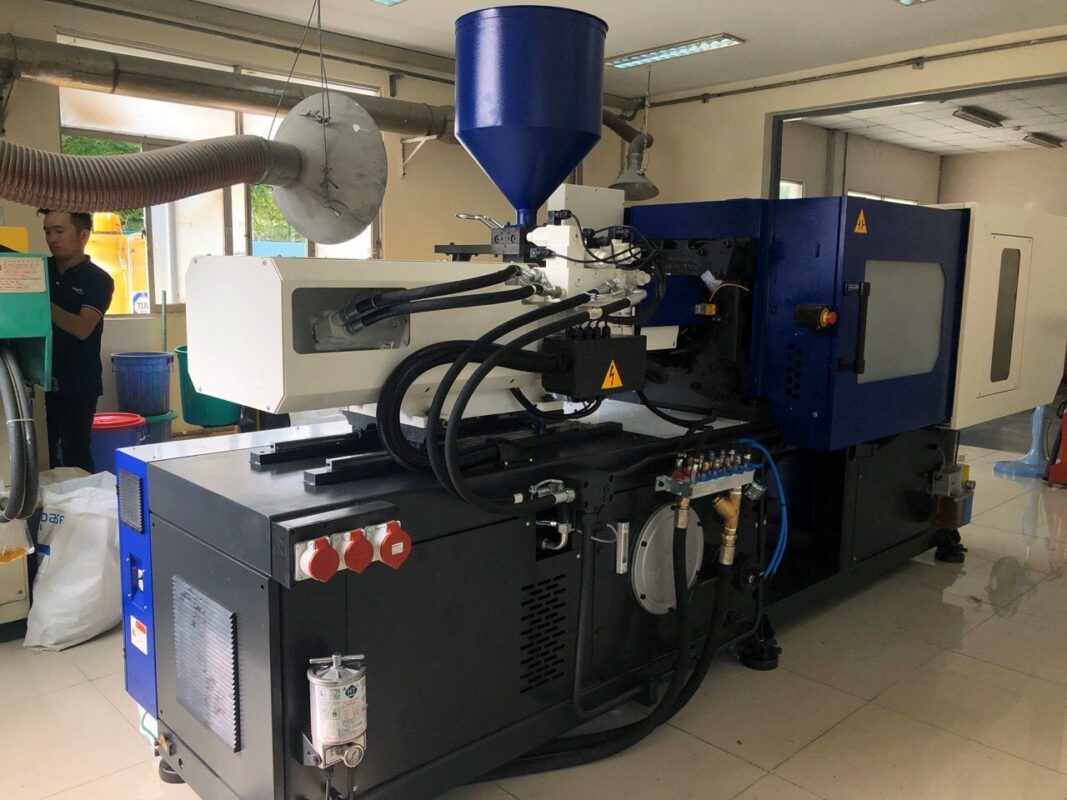
 Part with thick walls -incorrect way
Part with thick walls -incorrect way Part with thin walls – correct
Part with thin walls – correct



